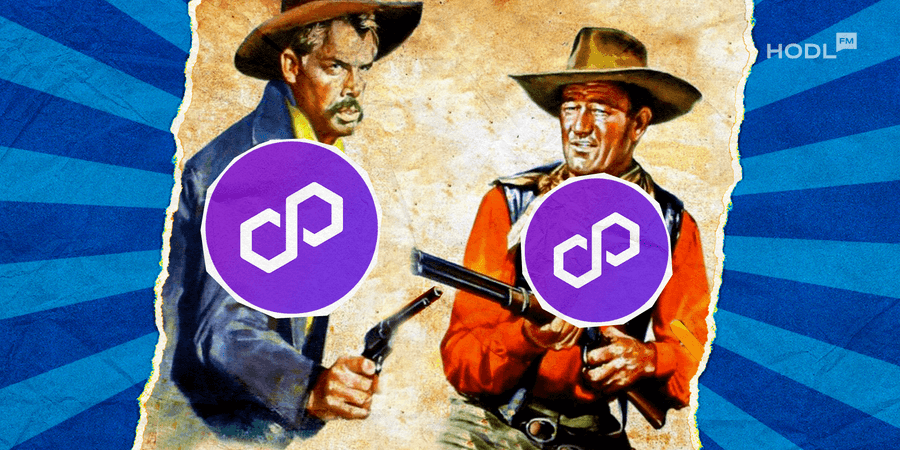Ethereum is a cool blockchain—but high gas fees make it quite challenging to scale sometimes. That’s why it needs Layer 2 solutions to help reduce these costs. And speed up transactions in the process. Polygon, formerly Matic Network, is one of the top L2s built on top of the Ethereum to achieve this goal.
Related: Solana Vs. Ethereum: Choose Your Fighter
However, the relationship between Polygon and Matic Network often causes confusion.
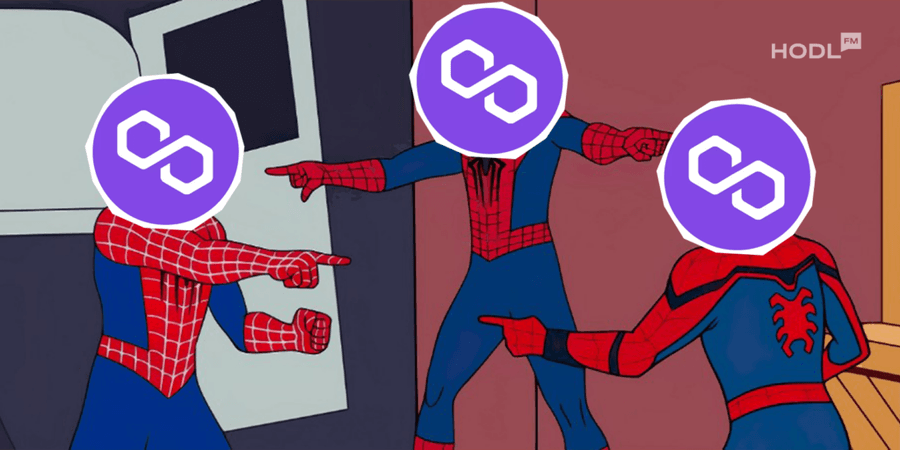
Are they the same thing? Or are they different?
Think of it this way: Polygon is the evolved version of Matic Network—like a caterpillar transforming into a butterfly.
Matic Network was the initial project. Its main goal was to scale Ethereum using Plasma technology. Polygon, on the other hand, is the rebranded version of Matic Network. It now covers a much expanded list of scaling solutions and interoperability features.
Understanding this difference is super important for anyone interested in the Ethereum ecosystem.
So, let’s break things down, shall we?
Polygon vs. Matic Network: Key Differences
Looking back at how Matic Network transformed into Polygon shows just how much the Layer 2 solution has grown in the last few years. The change also came with some pretty cool upgrades.
Here’s a comparison of the two to highlight the key differences:
| Feature | Matic Network | Polygon |
| Focus | Primarily a Layer 2 scaling solution using Plasma technology. | A multi-faceted platform offering a suite of scaling solutions, including Plasma, zk-rollups, and optimistic rollups. |
| Scope | Limited to scaling Ethereum through Plasma chains. | Aims to create an “Internet of Blockchains” by enabling interoperability between different networks. |
| Technology | Focused on Plasma framework for faster and cheaper transactions. | Employs a wider range of technologies to address different scaling and interoperability challenges. |
| Governance | Less decentralized governance model. | More community-driven governance with MATIC holders playing a significant role in decision-making. |
| Ecosystem | Smaller ecosystem of dApps and projects. | Boasts a rapidly growing ecosystem with a diverse range of dApps and partnerships. |
| Branding | Primarily associated with the MATIC token. | Strong brand identity as a leading Layer 2 solution and interoperability platform. |
So, while Matic Network focused primarily on scaling Ethereum through Plasma, Polygon expanded its vision to encompass a broader range of scaling solutions and interoperability features.
This transformation is one of the main drivers of Polygon’s current success. The project has attracted a vibrant community of developers, projects, and users. These folks are big on shaping the future of decentralized technology.
What Is Polygon?
Polygon is a Layer 2 scaling solution designed to enhance Ethereum’s capabilities.
Think of it as a parallel highway that runs alongside the main Ethereum blockchain. While Ethereum remains the bedrock, Polygon offers a faster and more cost-effective way to conduct transactions and execute smart contracts. This makes it ideal for decentralized applications (dApps) that require high throughput and low fees.
Polygon’s infrastructure allows developers to build and deploy dApps with ease, while also benefiting from Ethereum’s security and decentralization. It is an entire ecosystem of scaling solutions and technologies designed to make the Ethereum blockchain more functional and scalable.
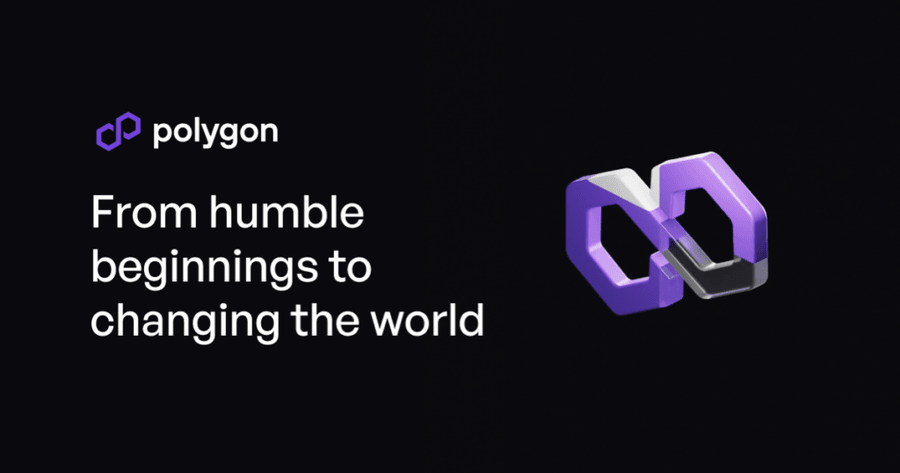
How Does Polygon Work?
As a leading L2, Polygon processes transactions off the main Ethereum blockchain. It essentially helps with faster and cheaper transactions while maintaining Ethereum’s security.
Polygon operates like a network of expressways, speeding up transactions separate from Ethereum. These transactions are then bundled together and periodically submitted to the Ethereum blockchain for secure record-keeping.
So, how does Polygon make this happen? Let’s look at the L2s technology stack:
- Plasma Chains: These are side chains that handle the bulk of transactions, periodically reporting back to Ethereum.
- Proof-of-Stake (PoS) Validators: Validators stake MATIC tokens to participate in block production and network security.
- Heimdall: This layer ensures the smooth transfer of transaction data from the side chains to Ethereum.
- Bor: This layer aggregates transactions into blocks for efficient processing.
Polygon essentially reduces the burden on Ethereum’s main chain by diverting transactions. The process results in faster and cheaper transactions.
To put it in numbers, Polygon can handle a staggering 65,000 transactions per second, a significant leap from Ethereum’s 15.
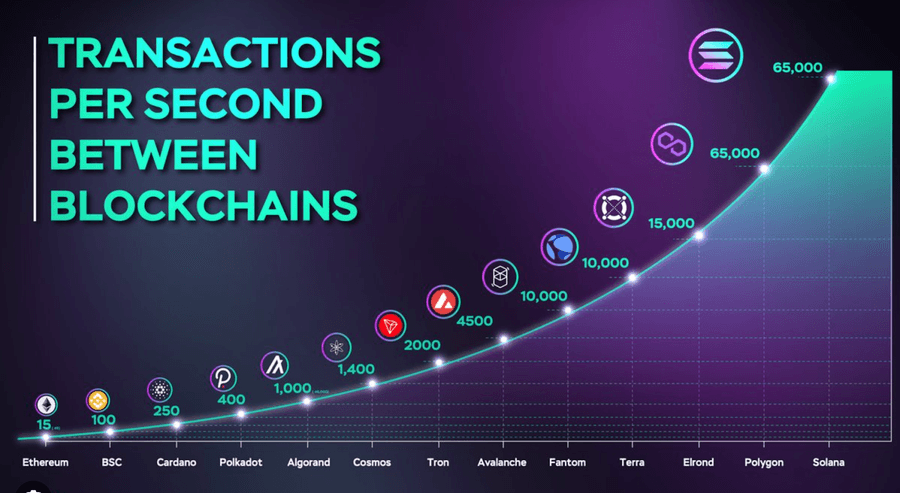
History of Matic Network
Originally known as Matic Network, Polygon started its journey in 2017. The founding team consisted of experienced Ethereum developers, including:
- Jaynti Kanani
- Sandeep Nailwal
- Anurag Arjun
- Mihailo Bjelic
Their single goal was to address Ethereum’s scaling challenges head-on. The project quickly gained traction, launching its mainnet in 2020.
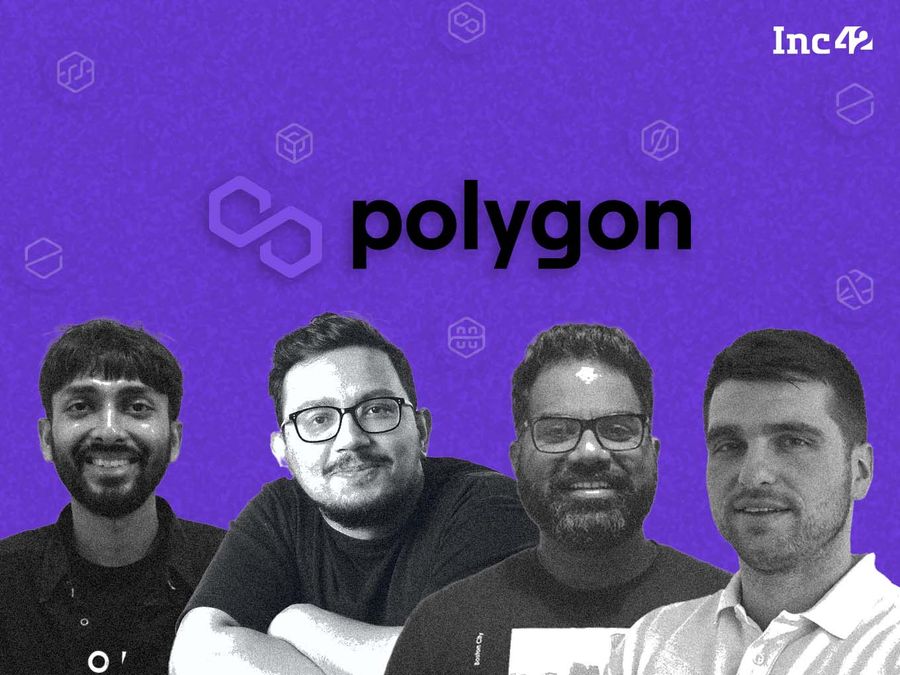
Recognizing its potential to become more than just a Layer 2 solution, Matic Network underwent a rebranding in 2021, emerging as Polygon. This transformation marked a pivotal point in its evolution. It basically expanded the project’s scope to become a multi-faceted platform supporting various scaling solutions and interoperability features.
Since then, Polygon has experienced exponential growth, attracting a vibrant community of developers, projects, and users. It has become a prominent player in the Ethereum ecosystem, known for its innovative approach to scaling and its commitment to creating a more accessible and efficient blockchain experience.
What is MATIC?
MATIC is the lifeblood of the Polygon network—its native cryptocurrency. It’s the fuel that powers transactions, the reward for securing the network through staking, and the key to participating in Polygon’s governance.
Think of it as the toll token for Polygon’s expressway system. Whenever you use the network, you pay a small fee in MATIC. This fee goes to the validators who keep the network running smoothly.
Background Information and benefits of MATIC
- Ticker Symbol: MATIC
- Token Standard: ERC-20 (Ethereum-based token)
- Total Supply: 10 billion MATIC tokens
MATIC’s versatility and utility within the Polygon ecosystem make it a valuable asset for users and investors alike. Here are some of the benefits:
| Benefit | Description |
| Fast and Cheap Transactions | MATIC enables near-instant and inexpensive transactions on the Polygon network, compared to Ethereum’s higher fees and slower confirmation times. |
| Staking Rewards | Staking MATIC allows users to earn rewards for contributing to network security, incentivizing participation. |
| Governance Participation | MATIC holders can vote on proposals to influence the future development and direction of the Polygon network. |
| Growing Ecosystem | The expanding Polygon ecosystem, with numerous dApps and projects built on the platform, increases demand for MATIC. |
| Integration with Ethereum | MATIC can be easily bridged between Ethereum and Polygon, providing flexibility and interoperability. |
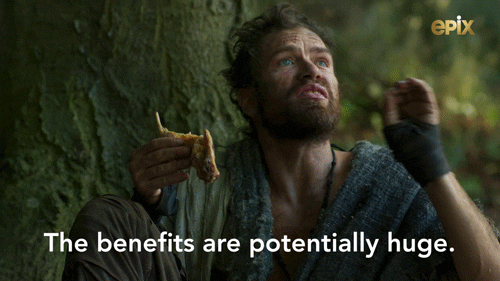
How Do You Use the Polygon Network?
Using the Polygon network and MATIC is a straightforward process. You’d quickly get the hang of it even if you’re new to blockchain. Here’s a simplified guide:
- Buy MATIC: You can buy some MATIC through various cryptocurrency exchanges like Coinbase, Binance, or Kraken. Another easy route is using a decentralized exchange (DEX) that works on Polygon.
- Set Up a Polygon Wallet: To store and manage your MATIC, you’ll need a compatible wallet. Most folks use MetaMask, Trust Wallet, or the official Polygon Wallet.
- Bridge Your Assets: If you have assets on the Ethereum mainnet, you can easily bridge them to the Polygon network using a bridge platform. This allows you to take advantage of Polygon’s lower fees and faster transactions.
- Explore dApps: Once your MATIC is on the Polygon network, you can start exploring the diverse range of dApps available. These include decentralized finance (DeFi) platforms, NFT marketplaces, games, and more.
- Pay Transaction Fees: When interacting with dApps or making transactions on Polygon, you’ll use MATIC to pay the required fees. These fees are significantly lower than on Ethereum, making Polygon a cost-effective platform for frequent transactions.
- Stake Your MATIC (Optional): If you’d like to contribute to network security and earn rewards, you can stake your MATIC. This involves delegating your tokens to a validator who participates in block production.
The Advantages of Using Polygon
Polygon offers a compelling value proposition for various stakeholders in the Ethereum ecosystem. Its advantages have fueled its rapid growth and adoption.
| For Users | For Developers | For Ethereum Ecosystem |
| Drastically reduces transaction costs compared to Ethereum. | Suite of tools for building scalable dApps (Plasma, zk-rollups, optimistic rollups). | Reduces congestion on the mainnet, improving performance and scalability. |
| Sidechains enable near-instant transaction confirmations. | Leverage existing Ethereum knowledge and tools due to EVM compatibility. | Lower fees and faster transactions make Ethereum dApps accessible to more people. |
| Seamless compatibility with Ethereum-based dApps and assets. | Thriving community fosters collaboration and innovation. | Serves as a testing ground for new scaling solutions and technologies. |
Conclusion
So, here’s the deal with Polygon and Matic Network. They’re basically the same thing—the only difference is that Polygon is the upgraded version of Matic.
More Info:
- Ethereum’s Big Upgrade has Polygon (MATIC) and Arbitrum (ARB) Leading in Fresh Gains
- MATIC Token Might Undergo Bullish Growth in 2024
When you use Polygon, you’re tapping into a fast lane for Ethereum transactions. And the MATIC token helps make that happen. You use it to pay for stuff on the network, and if you’re feeling extra involved, you can even stake it to help keep everything running smoothly.
Now, Polygon isn’t perfect. Some folks worry about it being too centralized or having security issues. But hey, every new technology has its growing pains, right? The important thing is that big names like Stripe, DraftKings, and even Starbucks are jumping on the Polygon bandwagon. That’s a pretty good sign that it’s got some serious potential.
